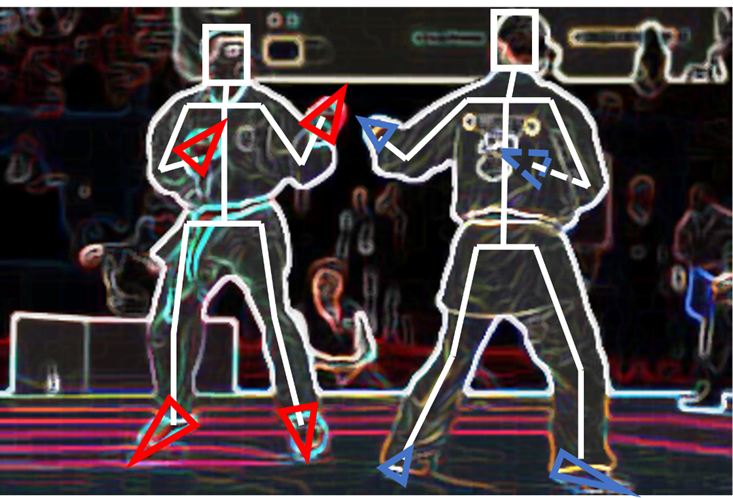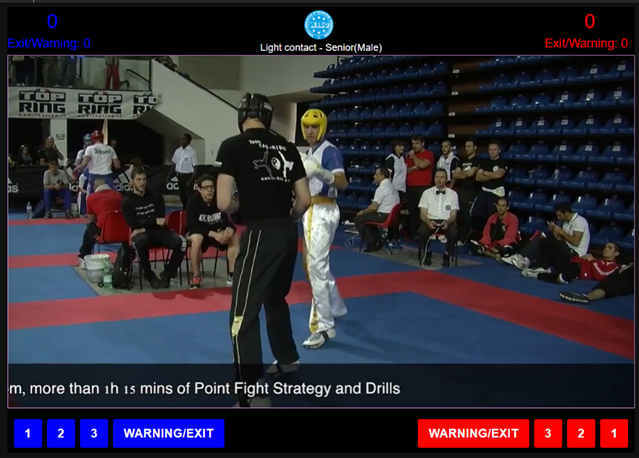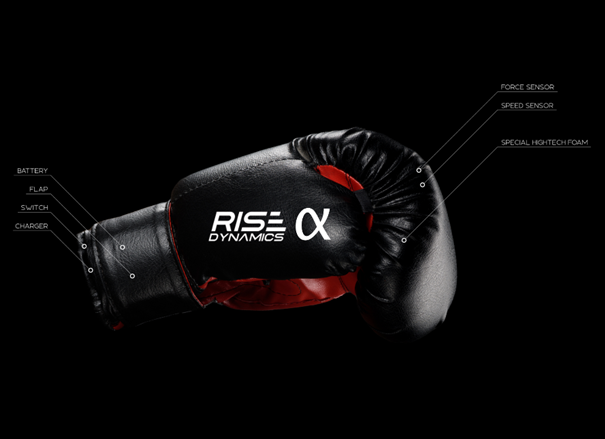Head of INSO
- Thomas Grechenig
Operative Head
- Dominik Hoelbling
Core Team
- Benedikt Mitter
- Dea Cizmic
- Fabian Guschlbauer
SEAT is a research team focusing on state-of-the-art systems for sports:
We want to develop and improve technical system with contributions to sports, from rehabilitation to professional performance.
We are offering supervision for all projects within our scope, including seminar, internship, bachelor thesis, and master thesis projects. You are encouraged to either choose a project from our “current research topics page” or propose an own idea.

This project includes:
Master Thesis or Dissertation

This project includes:
Bachelor Thesis or Master Thesis

This project includes:
Bachelor Thesis or Master Thesis

This project includes:
Master Thesis